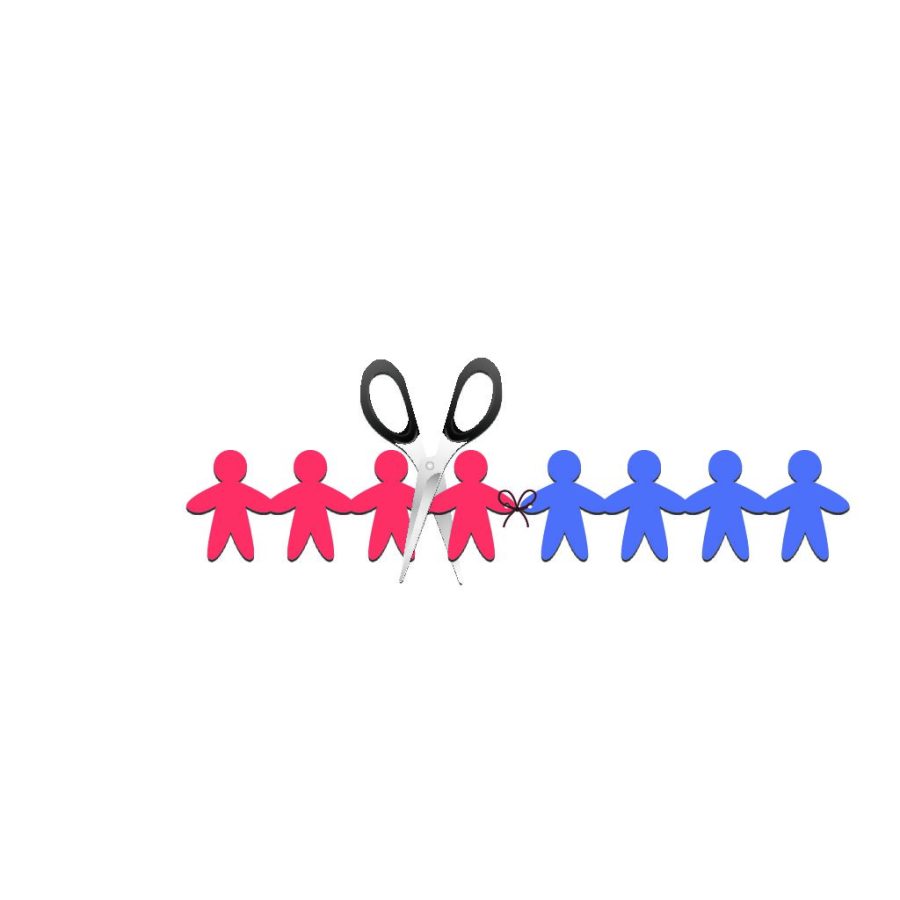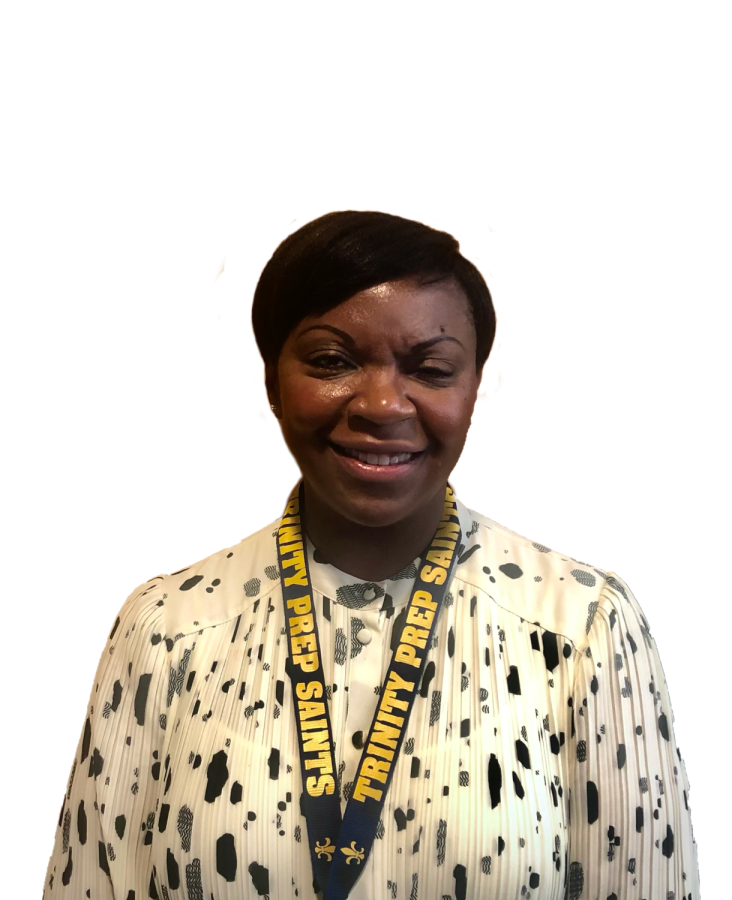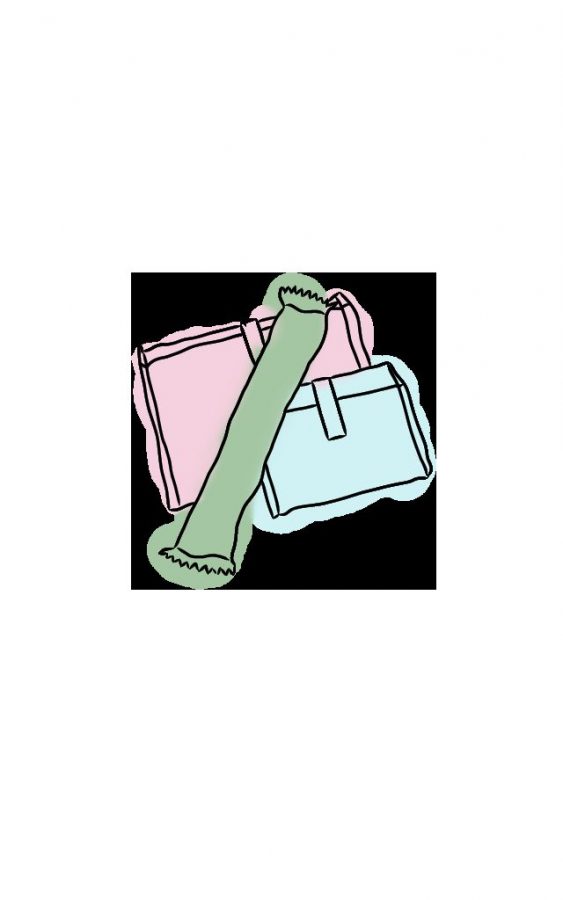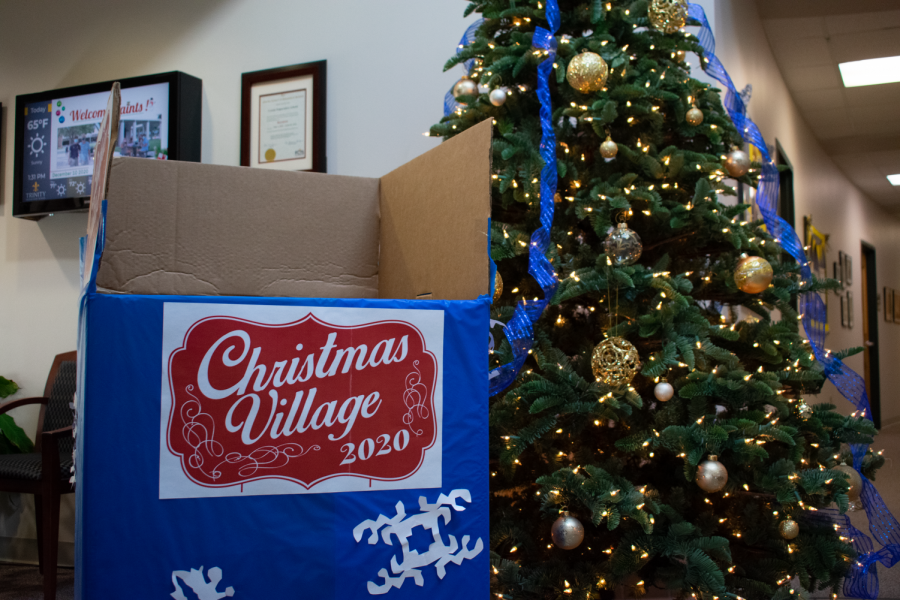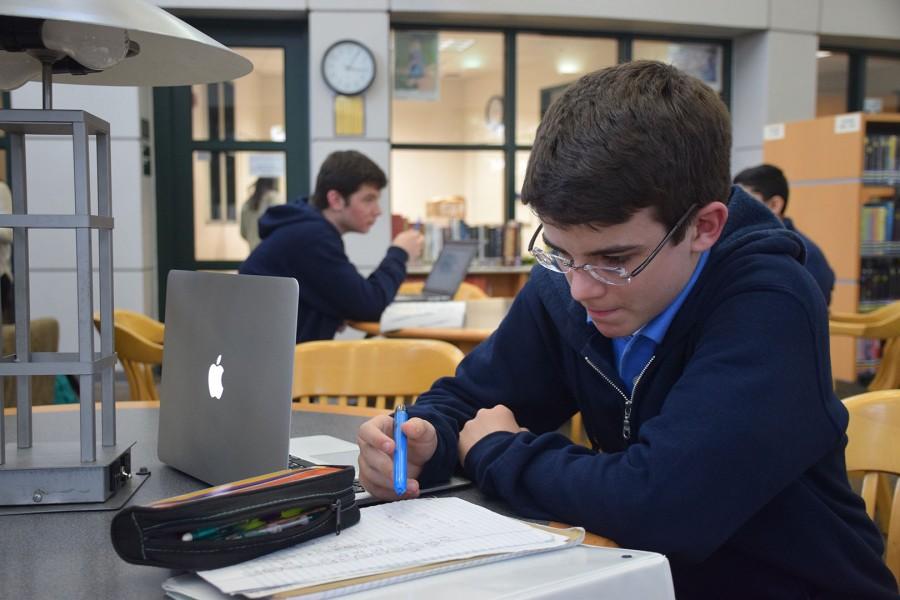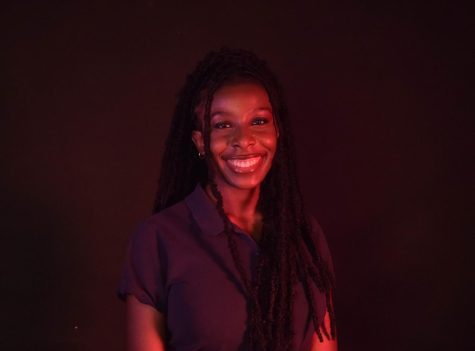Sarah Andersen was born in 1993. In 2011, she met her mom. Sarah’s mom immigrated to the United States from Jamaica, and though Sarah wouldn’t begin the search for her until she was 18. Andersen’s experience growing up black in a white family was not an easy one, but her story of transracial adoption is hardly alone.
Adoption falls into two categories: public adoption, also known as foster-to-adopt, and private adoption, or independent voluntary placement. In the foster care system, the eventual goal is to return children to their biological families. However, if returning to their biological parents is no longer possible, the legal rights of the parents’ are terminated and the child becomes open to adoption.
In the ideal private adoption, the birth parent voluntarily places their child for adoption, but this isn’t always the reality. Often, especially when there’s a language or cultural barrier, parents are pushed to put their child up for adoption without understanding that they are permanently waving their parental rights.
Private adoption is often divided into open and closed adoptions. In open adoption, there are clear channels of communication between the adoptive and birth family. However, in closed adoptions those channels are permanently and legally closed. Children of closed adoption often lose access to important family history and medical records.
It’s private transracial adoptions that become the source of contention. In 2010, the U.S. Census Bureau cited that 78% of transracial adoptions take place between white parents and children of color. Transracial adoptees are forced to confront a racialized world without the guidance and support of being raised by parents and often communities who look like they do.
Sarah Andersen, now social media influencer and medical student, said that adoption is often represented as a triangle overlayed with a heart—each of its corners standing in for the birth family, adoptive parents, and adoptive child. Each party enters and often leaves with trauma, but it is in their unity there is strength and hope.
Melissa Guida-Richards, author of the article “My Adoptive Parents Hid My Racial Identity From Me for 19 Years” and the book What White Parents Should Know About Transracial Adoption, said that being comfortable in the uncomfortable means adoptive parents need to learn to love the cultures and racial identities of their children just as much as their child.
“When you’re in a transracial family, it’s a whole other ball game…parents might be uncomfortable walking into a Black church or an Asian grocery store but they don’t realize, for their kids, that’s their experience everyday,” Guida-Richards said. “We walk into these spaces and adoptive parents need to be willing to go that extra mile to be uncomfortable too.”
The cultural disconnect in transracial adoptions isn’t the only point of concern. Transracial adoptions have financial implications. According to the National Council for Adoption, adoption is a multi-billion dollar industry. And it’s an industry that exemplifies the worth assigned to people of color.
Out of the three parties involved in an adoption, only one is financially responsible for the practice, the adoptive parents. Because of this, the industry is built upon catering to them. According to the National Center for Education Statistics, 77% of adoptive parents are white and according to the US National Library of Medicine so are nine out of ten adoptive parents in international adoptions.
In 2013 NPR reported the rates of various adoption agencies, white babies were cited as $35,000 to adopt then between $24,000 and $26,000 for biracial babies. During the NPR interview, a fully African-American baby was then cited at $18,000.
When privatized adoption is an industry, and one whose consumers are mostly white and whose “products” are people of color, there is an economic incentive to cater towards pre-existing societal standards that value whiteness and a proximity to it above all else.
There has been a decades-long fight for radical acceptance of all races and cultures; transracial adoption not only exemplifies the persisting problem of commodifying people of color but proves that there is a need for adoptive parents to become comfortable in the uncomfortable. The racial and ethnic backgrounds of adoptive children need to be met with the same acceptance and unconditional love the adoptees themselves receive.
Guida-Richards said that white saviorism permeates throughout adoption and hinders the ability of adoptees to communicate with white adoptive parents. Online adoptee influencer and transracial adoptee Lydia Berkey noted the same concept.
“We live in a world where adoptive parents are held on a pedestal,” said Berkey. “Where a savior complex is applauded.”
Guida-Richards said that when trying to advocate for transracial adoptees she’s often met with hostility from white adoptive parents.
“Adoption is seen as a happily ever after, and so to discuss something more complicated and much more nuanced, people can get a little defensive of that,” Guida-Richards said. “If we don’t talk about the flaws, if we don’t talk about the issues, we’re not going to be able to improve the system and help adopted children.”
Years later, when Sarah Andersen asked her birth mother whether she was glad she was adopted she said that she wouldn’t have it any other way.
“So I’m 29 now and over the last 11 years I’ve learned a lot and will continue to learn a lot,” Andersen said, “I definitely continue to shape and regain my identity.”
Transracial adoption is a multifaceted process and its problems and solutions are just as dimensional. However, many of them boil down to the same issue. If an open and honest dialogue can be created between white adoptive parents and transracial adoptees, old and young, we can work together to create a system that serves every party involved.




